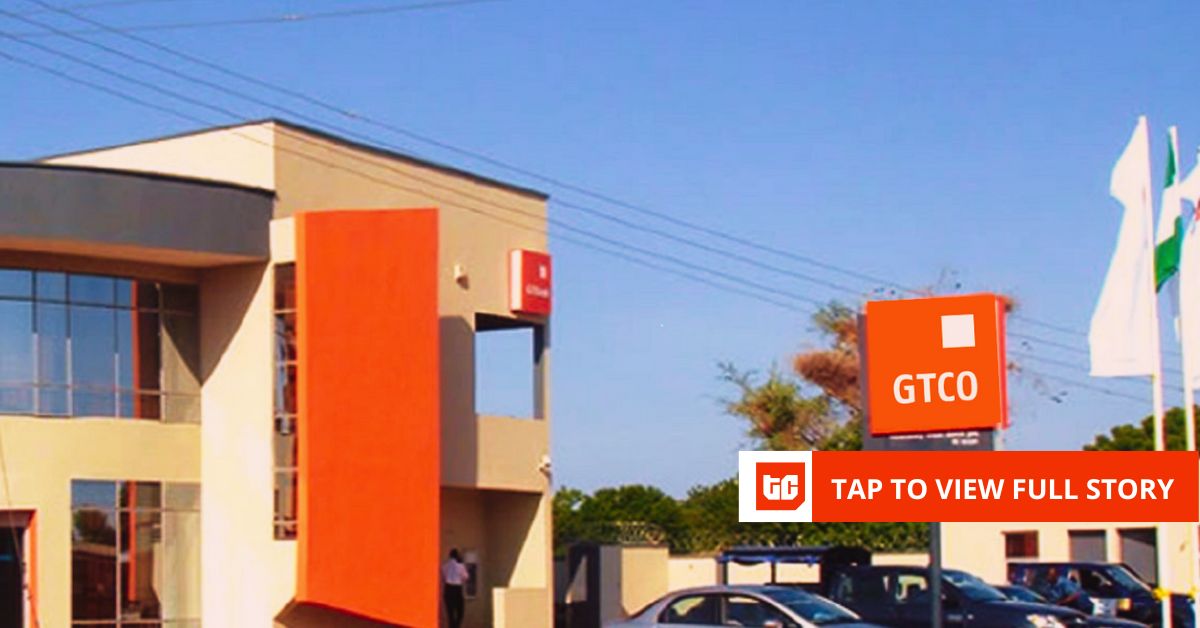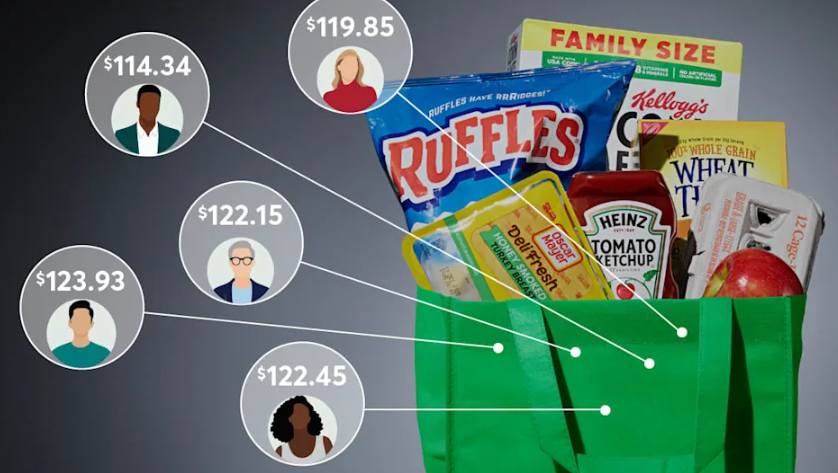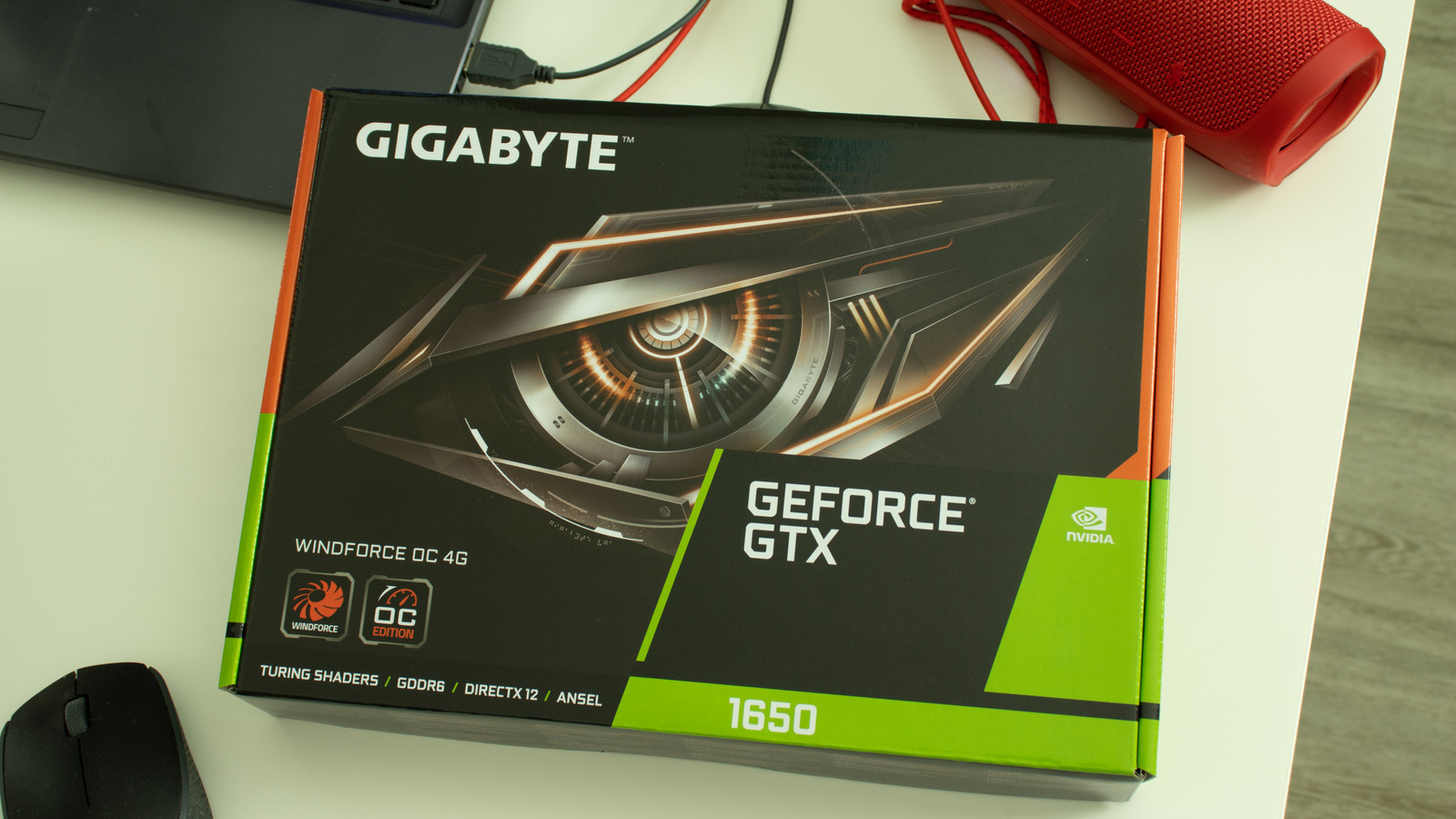Apple’s long-rumored foldable iPhone may cost less to manufacture than previously expected thanks to major reductions in hinge component pricing, according to analyst Ming-Chi Kuo.
In a new report, Kuo said that the hinge designed for Apple’s foldable iPhone is expected to carry an average selling price (ASP) of approximately $70 to $80 when mass production begins, well below the market expectation of $100 to $120 or higher. Kuo attributed the cost decline not to cheaper materials, but to “assembly design optimization” and Foxconn’s influence in production scaling.
Foxconn has reportedly entered a joint venture with Taiwanese hinge maker Shin Zu Shing (SZS) to take on the majority of Apple’s hinge orders. The new venture has secured about 65% of total orders, while U.S.-based Amphenol is expected to supply the remaining 35%. Kuo said that Foxconn holds a slightly larger stake in the partnership and is “steering future direction.”
The expected drop in hinge pricing could significantly benefit Apple. Foldable smartphones are notoriously expensive to produce, with complex hinge designs adding both mechanical and financial challenges. A hinge ASP reduction of $20 to $40 compared to expectations could improve Apple’s margins or enable more aggressive pricing to compete with established players such as Samsung and Huawei.
Kuo also suggested that Luxshare-ICT, one of Apple’s fastest-growing manufacturing partners, could become an additional hinge supplier after 2027. With further competition, hinge costs could drop even lower.
The hinge mechanism is a critical component in any foldable device, determining both the reliability of the screen’s movement and the long-term durability of the product. Designs under consideration have reportedly ranged from stainless steel and Liquid Metal hinges to lighter aluminum and titanium frames similar to that of the iPhone Air.
Whether the reduction in hinge price will reduce retail price or simply bolster Apple’s margins is an open question. The company’s first foldable iPhone is expected to launch in the fall of 2026, alongside the iPhone Air 2, iPhone 18 Pro, and iPhone 18 Pro Max.










